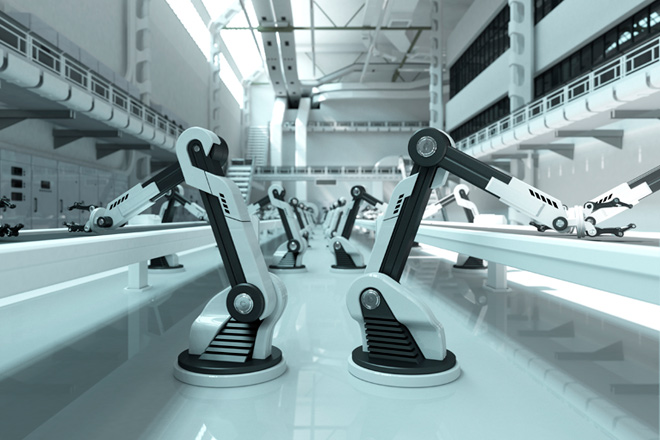
Four reasons machines will not replace humans at work
It seems every week a new study is published claiming that within decades, humans will be replaced by machines in the workplace. But how much truth is there in these suggestions?
Leslie Willcocks is Professor of Technology, Work and Globalisation at the London School of Economics and Political Science. He points out that studies forecasting huge job culls tend to overlook the potential for new roles to be created. “Certainly our work suggests every person’s job is likely to be changed by at least 25 per cent over the next decade, as technology increasingly permeates task performance,” he says.
However, there will also be new opportunities. “Forward-casting studies we have done with corporations suggest that for every 20 jobs lost from the combined impact of technologies such as SMAC (social media, mobile, analytics and cloud), digital fabrication, Internet of Things, big data, knowledge automation and robotics, another 13 will be gained,” he says.
While we will have to wait to see which of these predictions come true, it is worth considering approaches that will get the best from both automation and a human touch.
Emotion can’t be emulated
Willcocks notes that technology cannot replace roles that require human emotion. “Capabilities like empathy, creativity, intuition, judgement, tacit knowing, and the human need for social interaction and peer judgement are not at all easy to replicate in specific contexts,” he says.
“Humans have a facility to combine any or all of these in ways that machines are unlikely to master. In our own study of service automation, we found plenty of examples where these skills were vital, whether in healthcare, insurance, utilities, service providers or legal services. The challenge for organisations is to take the best elements of both, combining the processing power of technology with the softer skills and lateral thinking of humans.”
Creative capabilities must be considered
Professor Valérie Claude-Gaudillat, Director of the Institute for Innovation, Design and Entrepreneurship at Audencia Business School in France, says that machines can offer insight but it is down to humans to interpret the data.
“The ideal mix is one that combines the best of both worlds: efficiency and productivity for technology; creativity, problem solving, emotion, complexity management and close relationships with stakeholders for the workforce. “Technology cannot discover new drugs, find adapted answers to complex problems or be creative. The human touch is indispensable to creativity, to solve high-level problems and to manage the unpredictable.”
Interaction brings inspiration
Dr Tom Hoyland, is a lecturer in Organisational Behaviour and HR at Hull University Business School. He agrees that idea generation will remain a human job. Furthermore, in-person interaction can be key to generate fresh ideas. “Technology cannot replicate the chance meeting within the organisation where chit-chat unveils common problems or builds linkages,” he says. “Organisations like Google and Facebook are now creating spaces and environments for people who want to hang out and talk, and the key reason for that is to bring about that cross-fertilisation of ideas, and the important relationships that are built in the workplace itself.”
A balanced approach is best
Mark Sear, CTO, EMEA of cloud computing and data storage business EMC says a balanced solution can give the best results, using technology to improve efficiency while incorporating a human touch to reduce errors.
He gives the example of staff picking out products for mailing in warehouses. “Warehouses are normally laid out in aisles. A computer will give you a ‘pick route’ and this will move you down an aisle collecting products, then back, then up, then back, then up. The issue is people get really bored, and if they follow the same route again and again, it becomes more boring still and they make more mistakes. Deliberately changing routes and the layout of the warehouse in a way that encourages workers to stop and have a quick chat, just for one or two minutes, alleviates the boredom and massively improves their accuracy.”
If you enjoyed the above blog then you might also appreciate these other articles, which also originally appeared in the Hays Journal:
- Give staff a purpose
- Making a breakthrough
- A complex relationship
- The fruits of knowledge
- Training at the top
- Why talented Chinese graduates are aiming high in Dubai
- Establishing an effective middle management tier
- Managing external resources






